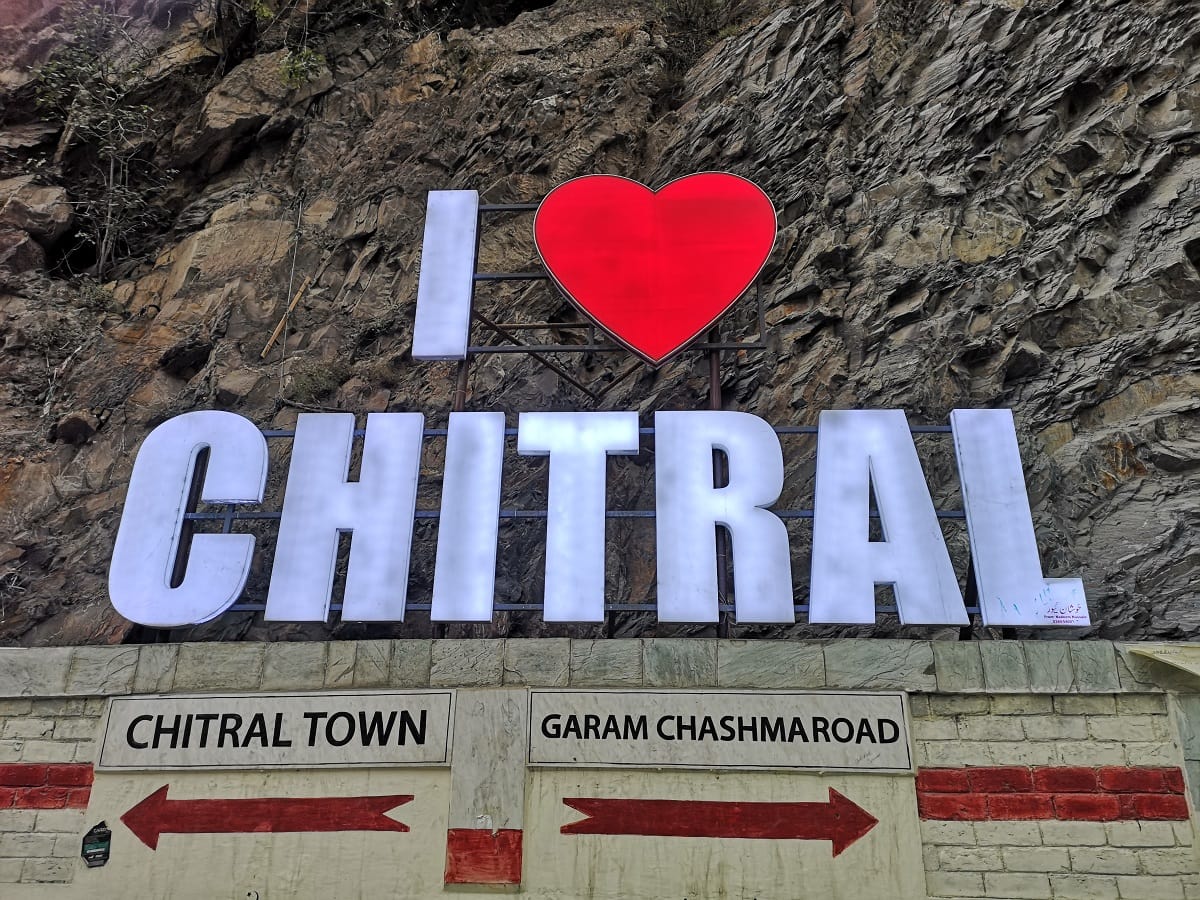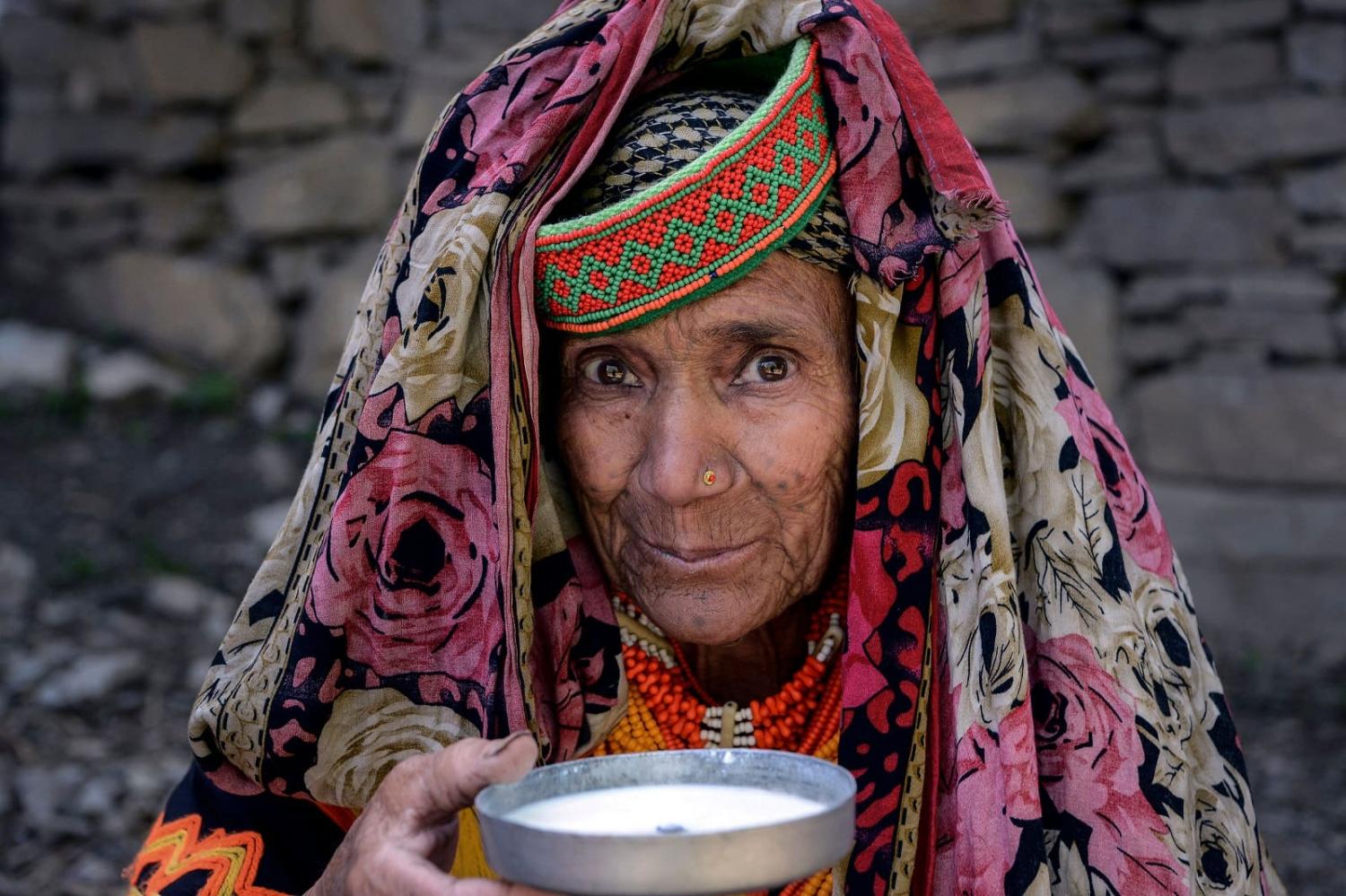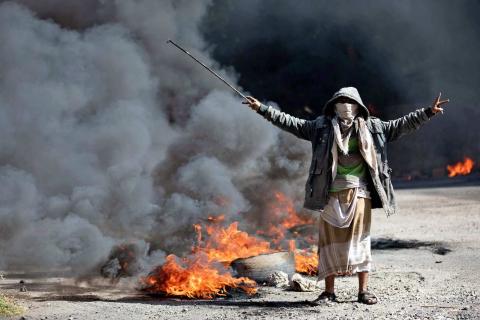On the morning of 6 September 2023, the Pakistani Taliban (TTP) launched a massive attack in the Chitral district of Pakistan. More than 500 TTP militants stormed the checkpoints of Pakistani security forces and attempted to capture territory. In the ensuing six-day battle, dozens of militants were killed, along with several security personnel. This particular attack was repelled. However, it marks the beginning of tough times for the people of Chitral, most notably the Kalash community.
Chitral is an enormous district, located 400 kilometres northwest of the capital Islamabad. It borders Afghanistan and the Wakhan Corridor, which is China’s narrow land bridge with Afghanistan.
In June this year, I travelled to Chitral from Islamabad with my family. After the eight-hour trip by road, we took a further three-hour journey on a single-lane mud track to reach Kalash Valley and the village of Bumburet, one of the three villages in which the Kalash people live. Bumburet is ten kilometres from the Afghanistan border. The peace and tranquility of the people and the area instantly struck me.
Fast forward to September, and this same region has been rocked by the violent incursion of the TTP. Now, foreign tourists are banned from the entire Chitral district. And with the area relying on tourism for its livelihood, locals fear that the militant attacks will deal a devastating blow to socio-economic life in the region.

The Kalash community is a religious minority tribe who practice a polytheistic pagan religion close to animism. The total population of the Kalash tribe has shrunk to 3000, making it the smallest religious minority group in Pakistan. A commonly held theory about the origin of the Kalash people is that they are descendants of the armies of Alexander the Great, who conquered this south Asian area in the fourth century BC. Over the years, the Kalash have struggled to survive as a religious minority, surrounded by conservative Muslim populations in Pakistan and Afghanistan.
In 2014, the TTP released a video demanding the Kalash community embrace Islam or prepare for violent attacks. In the same year, Pakistan launched military operations inside its own tribal areas, forcing out the TTP. This meant that the TTP could not launch any attacks on the Kalash people. However, after the fall of Kabul in 2021, the TTP gained newfound strength and launched attacks inside Pakistan. The attack on Chitral this month is the continuation of the TTP’s larger war of attrition against Pakistan.
The obvious questions are why the TTP chose Chitral and what the militant group wants to achieve. The answers are threefold.
First, Chitral is easy for the TTP to attack due to its large and sparsely populated area. Chitral covers almost 15,000 square kilometres. Historically, there have been very few security personnel guarding the district due to its peaceful past. The TTP took advantage of this and launched their September attack almost undetected. A similar attack would not have been possible in tribal areas of Pakistan such as Waziristan, which are heavily militarised.
Second, the TTP portrays itself as enforcing sharia law in Pakistan. It aims to win a propaganda victory and gain recruits by attacking the religious minority Kalash community. Forcing the Kalash people – an infidel group, according to the TTP – to embrace Islam or flee the Chitral area would be a huge propaganda win, boosting recruitment potential and the morale of existing cadres. Any bad press for Pakistan about the attacks would be a bonus for the TTP, which has declared war on the country.
Third, there are geostrategic reasons for the TTP’s attacks. Chitral’s proximity to the Wakhan Corridor means that control of the area presents the TTP with an opportunity to expand into the territory bordering China’s Xinjiang, in which its Uighur community lives. All Islamist groups oppose the Chinese persecution of Uighurs and, if provided the opportunity, the TTP will attack Xinjiang. Since the TTP is currently based in Afghanistan. It needs to control Chitral to springboard to the Pakistan–China border to start a new battle theatre there.
Since the attack on Chitral, Pakistani forces have become alert, sending reinforcements along with gunship helicopters to defend the area. However, this is unlikely to prevent the TTP from trying again. The threat to the existence of the Kalash community persists.

